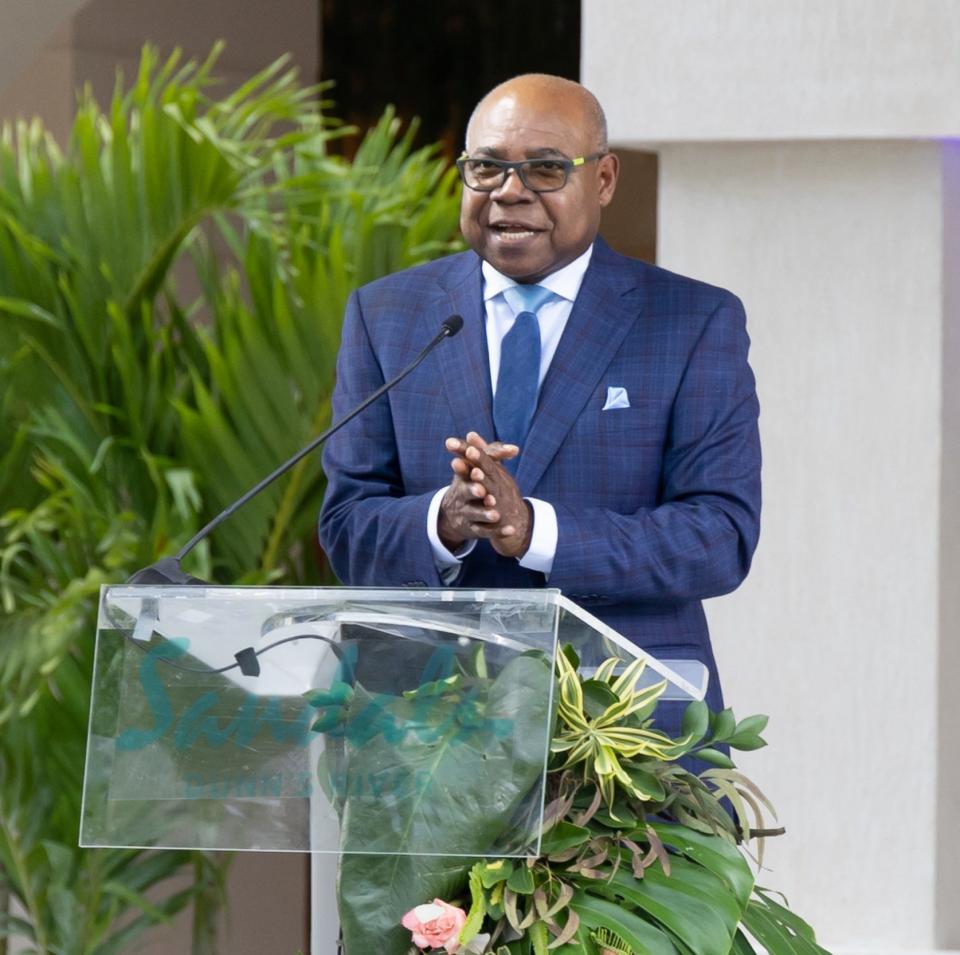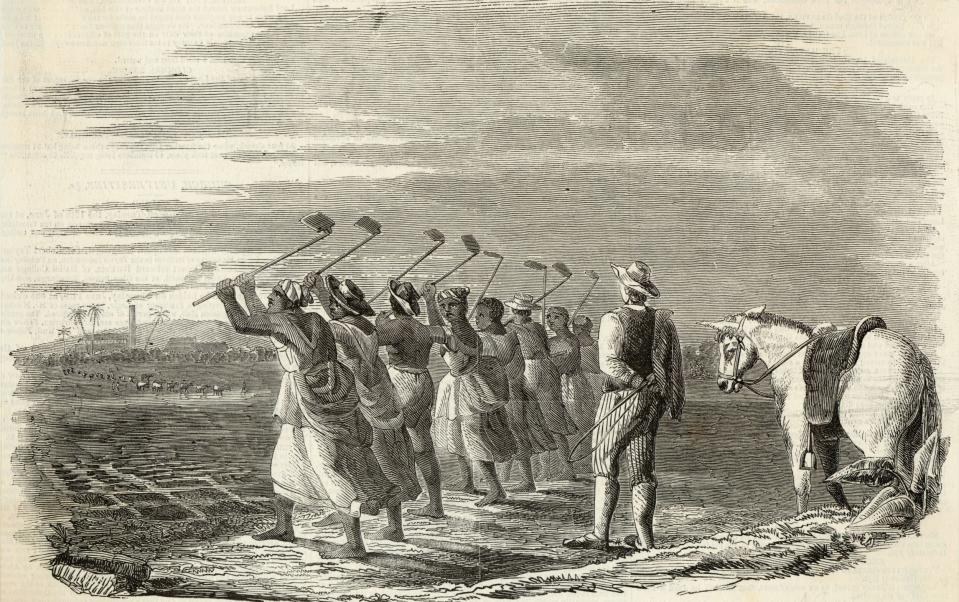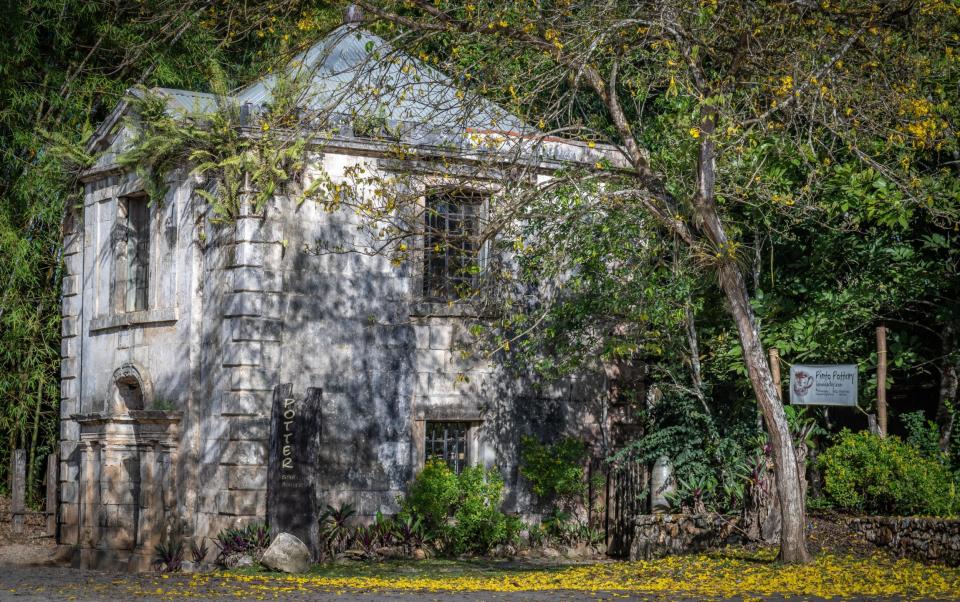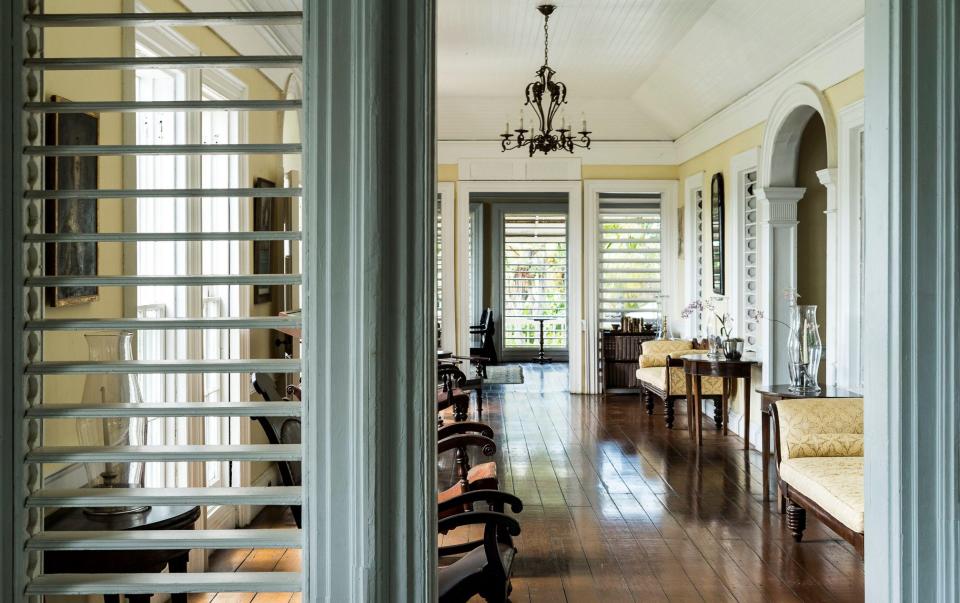Jamaica will preserve British colonial sites as slavery monuments to boost the island’s “dark tourism” industry.
Local activists are leading Caribbean demands for compensation payments for centuries of slavery but government figures believe the country’s economy can benefit from the empire’s remaining physical legacy.
Jamaican ministers want to preserve Georgian plantation architecture and slave infrastructure left over from British rule for use as sites for “dark tourism”.
This style of travel is characterized by visiting places associated with death and suffering. As part of Jamaica’s strategy, the suffering under 300 years of British rule will be explained by sites that have been saved.
The plans come amid a stepped-up campaign to secure reparations for the Caribbean, led largely by Jamaican academics. But Edmund Bartlett, the tourism minister, has his own vision of how the legacy of the slave trade could generate money.


Mr Barlett said: “We’re interested in what’s called ‘dark tourism’, it’s something we’re building.
“We are working closely with the Ministry of Culture and the Jamaica National Heritage Trust, in the conservation and restoration of historic sites and monuments.
“Built heritage is extremely important, because it tells a story in stone and sticks and mortar. Jamaica, which is a community of so many cultures and people and so on, has a story that you need to connect with, because there really is a little piece of you (the British) here, a piece of your history, your history.”


Mr Bartlett is an author and tourism industry theorist who hosted a Global Tourism Resilience conference in Montego Bay earlier this month attended by formerly colonized Caribbean nations who could follow his lead.
While Mr. Bartlett is keen to preserve the slavery monuments, others in Jamaica have called for their demolition.
His Labor colleague Alando Terrelonge, the minister of state for trade, called on Caribbean nations to “tear down the old monuments” last year and “remove certain colonial names from our buildings and our streets as well ” so that we are not “ telling the stories of the defenders”.


The claims came amid a wave of historical revisionism taking place in Britain following the toppling of a statue of Edward Colston in Bristol in 2020, and the removal of monuments to slave traders including Robert Miligan and John Cass. The process became so controversial that the then culture secretary Oliver Dowden devised a “preservation and explanation” strategy which insisted that controversial monuments be preserved and their stories told.
Mr Bartlett imagines Jamaica’s “dark tourism” sites will be popular with slaves and descendants of slaves, as well as those curious about Britain’s slave economy.
Dark tourism has boomed in recent years, with Unesco designating places including Argentina’s torture center and Rwanda’s genocide memorial as protected world heritage sites.
Jamaica can offer many potential locations. Britain took Jamaica from the Spanish in 1655, and after a boom in piracy sugar plantations worked by enslaved Africans were central to the island’s economy until its abolition in 1834. Colonial rule continued until independence. in 1962.


Across the island, rare examples of Georgian colonial architecture, particularly the rich plantations, including mansions, townhouses, courthouses and hospitals, were left, but much was allowed to decay.
However, conservation projects for colonial sites are now underway. Among these will be the residence of John Tharp (1744-1804), once the largest slave and landowner in Jamaica. It will become a period museum explaining his sugar business in the one-time slave port of Falmouth.
Tharp House may receive funding through a £12 million fund managed by the Commonwealth Heritage Forum, a private charity based in London, which may also fund work on the Old Colonial Railway Station in Kingston.
A new museum is planned in the former colonial capital of Port Royal, which will preserve the 200-year-old Naval Hospital.


The Morant Bay courthouse is central to the execution of Jamaica’s national hero, Paul Bogle, who led a rebellion in 1865 that was brutally put down at the time, and is also set to be renovated into a museum.
Preserving the architectural treasures of the slave administration was not a priority. At the heart of the political focus on colonialism was a reparations campaign, led by Professor Verene Shepherd, who demanded that European powers pay £26.5 trillion in reparations to the Caribbean, and who serves as vice-chairman of the Caricom Reparations Commission.
The Commission directs compensatory justice policy for the 15 Caricom (Caribbean Community) member states. The Telegraph revealed last year that countries planned to formally seek reparations from institutions linked to slavery, including the Church of England and the Royal Family.
In 2022 the Prince and Princess of Wales completed a difficult trip to the Caribbean when they were met by anti-Royal protests in Belize, and Andrew Holness, the prime minister of Jamaica, said the island nation would try to “move on” and to be a republic.

